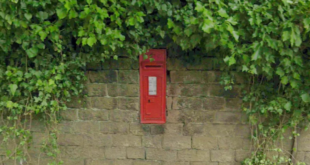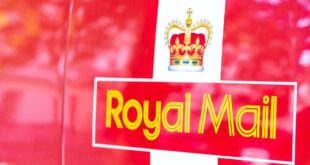In a sudden moment of clarity, the UK government has decided to abandon its own attempt to create a contact tracing app in favor of using technology developed and provided by Apple and Google.
Private lives are healthy, too
Apple and Google introduced their own joint take on contact tracing a few weeks ago. They described the technology as something that enables data to be gathered around COVID-19 spread, but not at the cost of user privacy. It achieved this by adopting a decentralized approach to the challenge.
That approach did have one cost – it made it harder for public health to track disease clusters (or at least, so it is claimed); however, it also has one advantage: People are willing to use the technology since they are promised control over their own privacy.
It seems that while everyone is terrified of the virus, people are equally disturbed at the thought of dystopian government surveillance via digital devices.
The UK National Health Service (NHS) has appointed a former Apple executive, Simon Thompson, to lead the project, which has been beset by delay. Thompson’s LinkedIn page shows he also holds positions at Ocado, Royal Mail and sits on Coca-Cola’s Digital Advisory Board.
It is worth noting that several countries (Germany, Austria, Portugal, Ireland, Switzerland, Uruguay, Italy and others) are already using the Apple/Google tech quite successfully.
It may be worth noting: those that are doing so also appear to be nations that seem to have managed to contain the spread of the virus. The UK has seen tens of thousands of casualties so far and a litany of failed promises and poor delivery. The same is true in the U.S., where nearly 120,000 people have died.
How it works
We’ve looked at how the Apple/Google system works before, but a quick refresh is in order:
- One or more people meet.
- Their phones exchange a secure code.
- The phones provide their own anonymized ID to a database.
- If one of those people becomes infected, they update their status in the app.
- Phone downloads the contacts database and figures out if anyone has been exposed.
- It then sends alerts to those you have been in contact with. Anonymously.
- Once contacted people are invited to get tested or to self-isolate.
The beauty of the Apple/Google system is that you don’t need to have the app open all the time. It may be more compatible with devices in other countries. It is also anonymous.
What happens next?
In the short term, the UK will rebuild its app using Apple and Google’s API.
There is no timeline yet for when the software will be available. A UK health minister caused a great deal of concern when by admitting the contact tracing app may not be ready until winter – months after other nations.
This is of particular concern as the country attempts to open itself for business – health experts are resolute that an effective contact tracing strategy is an essential component for doing so.
It is difficult to provide any reasonable estimate as to how quickly and effectively the UK will now be able to deliver a contact tracing app based on the Apple/Google technology. Germany made the decision to adopt the tech on April 26, but was unable to ship it to the general public until June 16; it took perhaps six weeks.
The UK’s move to the Apple/Google system also leaves plenty of questions, such as: Will the existing UK administration be able to match Germany’s pace when it comes to shipping the app? How many more families will lose loved ones until a competent national response is put in place?
Finally, given recent YouGov data that shows the UK administration now has the lowest approval rating for its response of any nation polled, will people trust the new app enough to make use of it?
Lives depend on these answers.
Please follow me on Twitter, or join me in the AppleHolic’s bar & grill and Apple Discussions groups on MeWe.
Copyright © 2020 IDG Communications, Inc.



